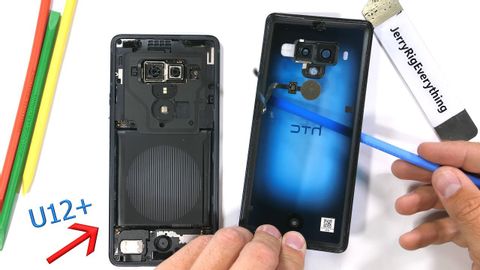
Subtitles & vocabulary
HTC U12 Plus Teardown - Can the 'buttons' be fixed?
00
林宜悉 posted on 2020/03/06Save
Video vocabulary
attempt
US /əˈtɛmpt/
・
UK /ə'tempt/
- Verb (Transitive/Intransitive)
- To try to do something challenging or difficult
- Noun
- Effort made to try to do or accomplish something
A2TOEIC
More squeeze
US /skwiz/
・
UK /skwi:z/
- Noun (Countable/Uncountable)
- Amount of liquid from firmly pressing e.g. orange
- Act of putting pressure on, as to get liquid out
- Transitive Verb
- To force or threaten someone to give you something
- To strongly compress something to get liquid out
C1
More annoying
US /əˈnɔɪɪŋ/
・
UK /əˈnɔɪɪŋ/
- Transitive Verb
- To make someone angry
- Adjective
- A little angry; upset
B1TOEIC
More Use Energy
Unlock All Vocabulary
Unlock pronunciation, explanations, and filters
